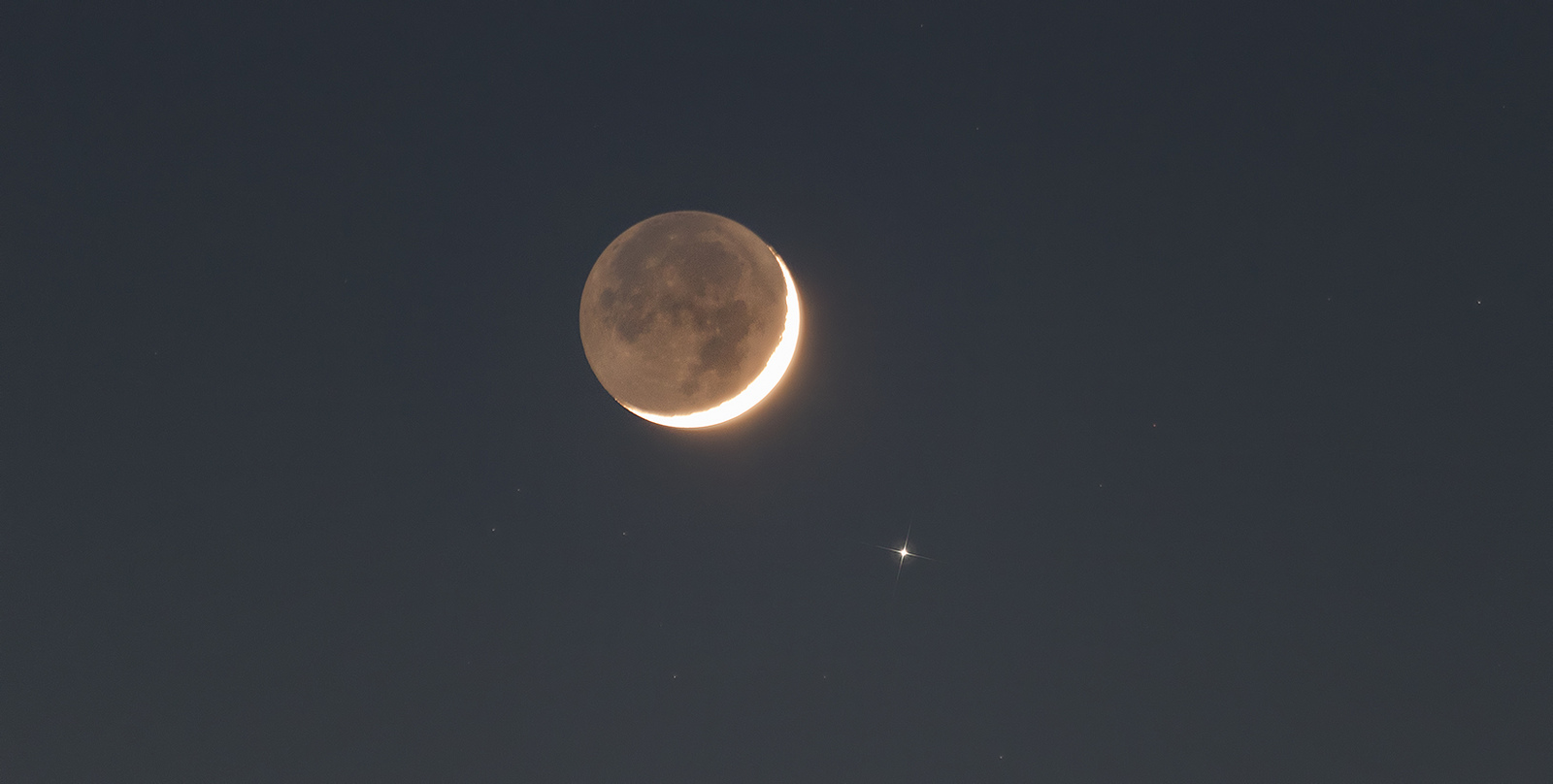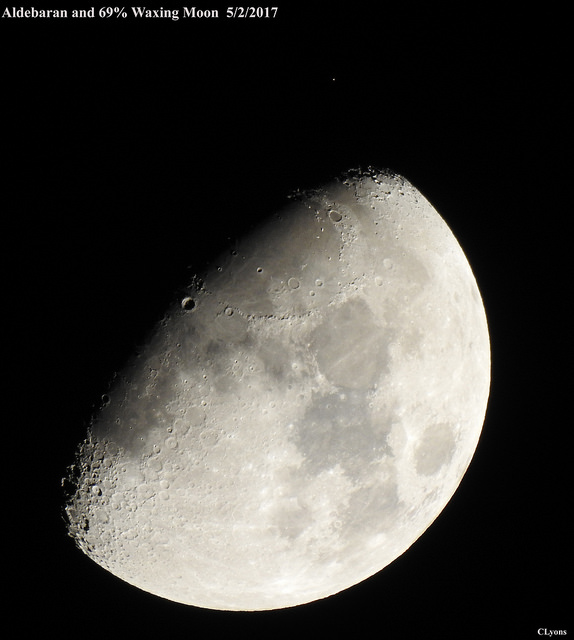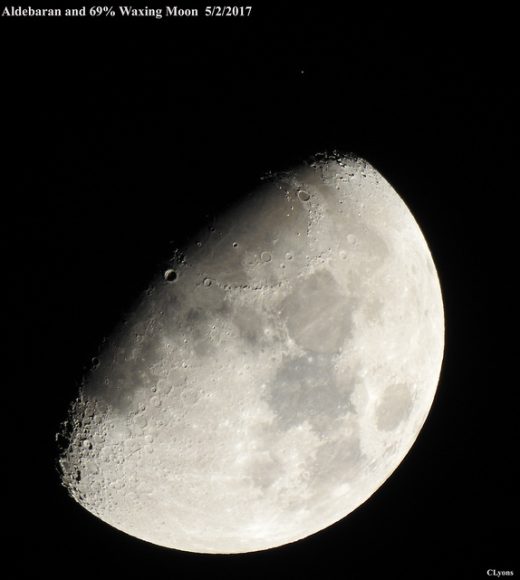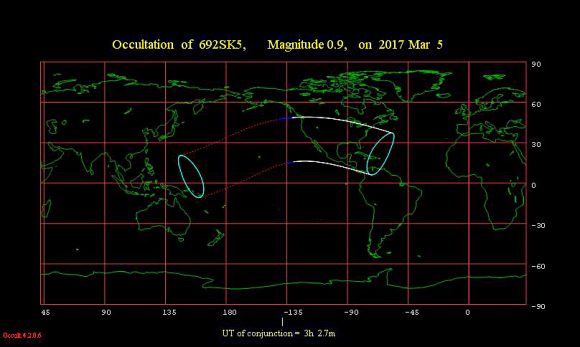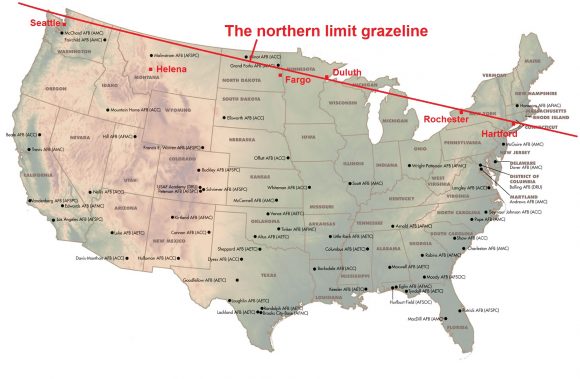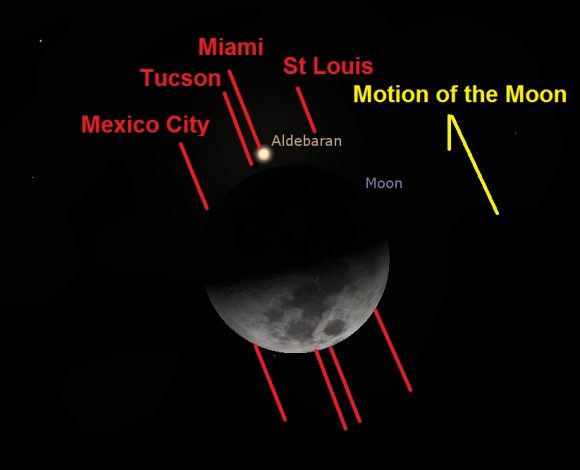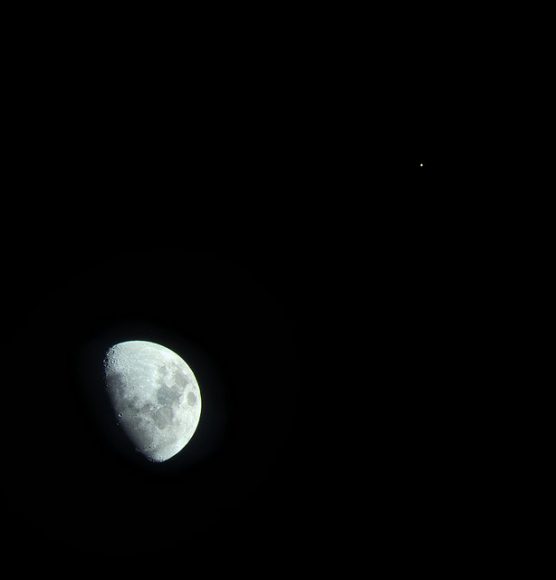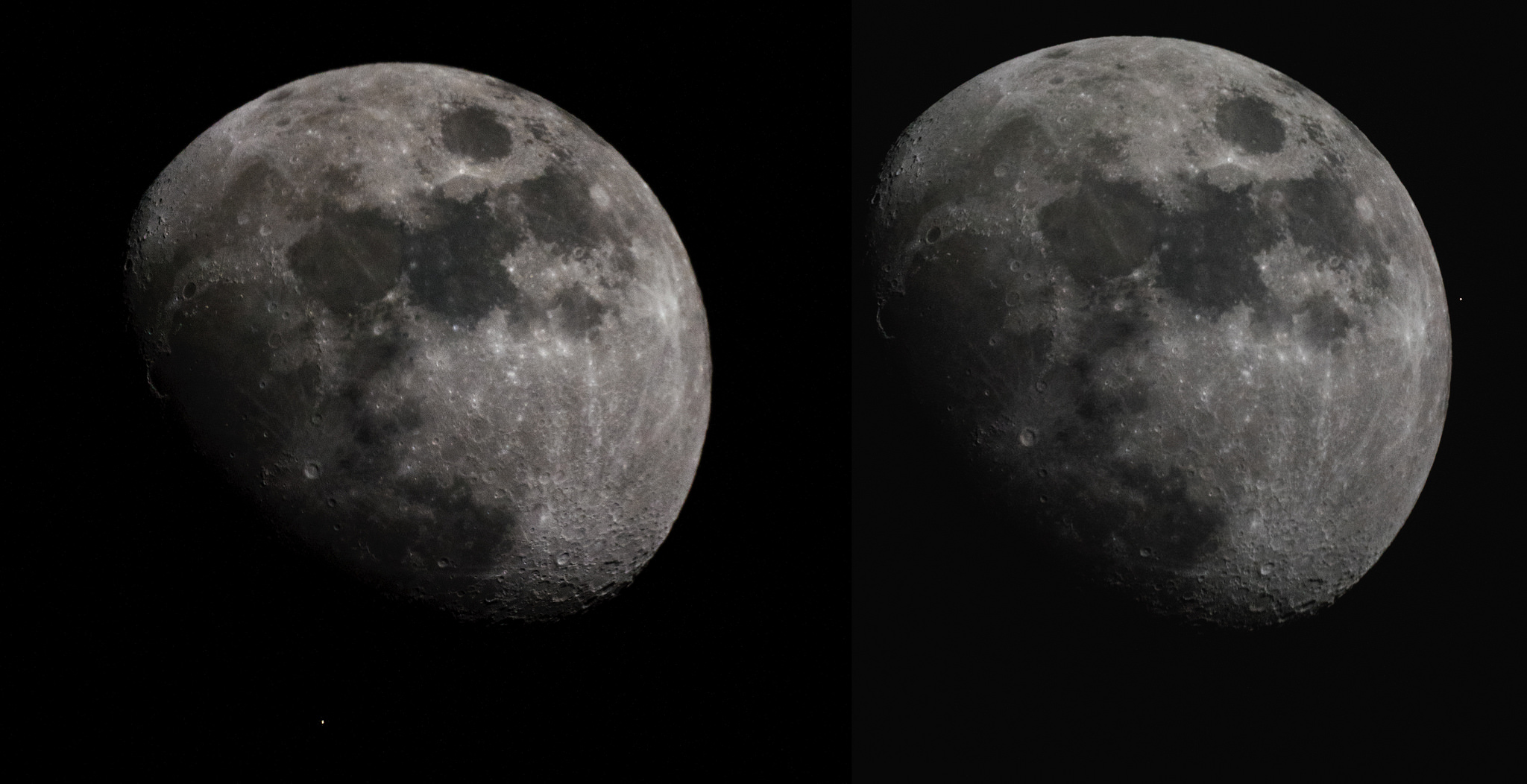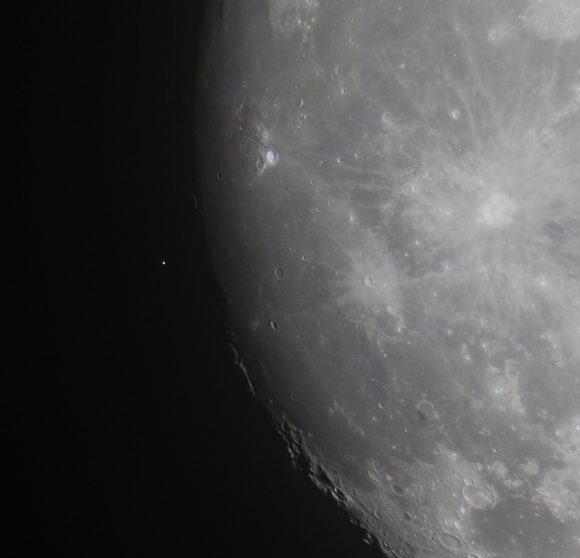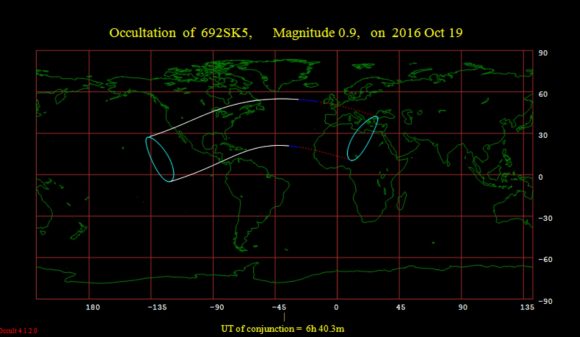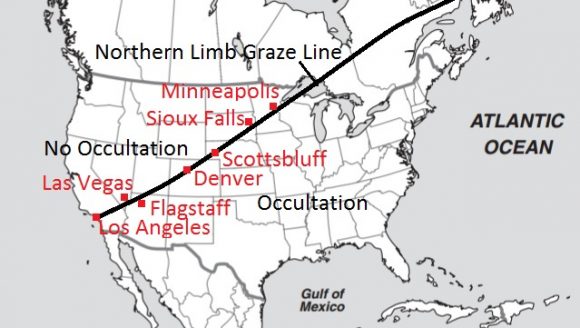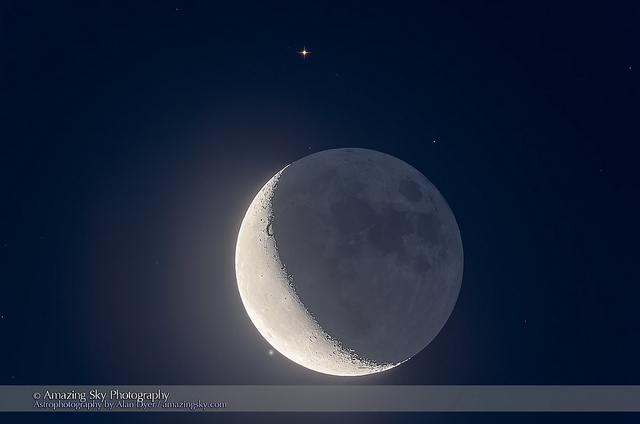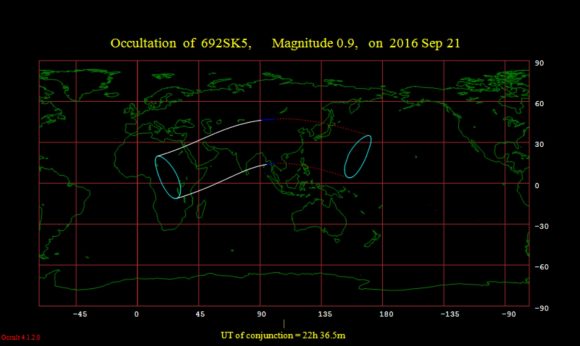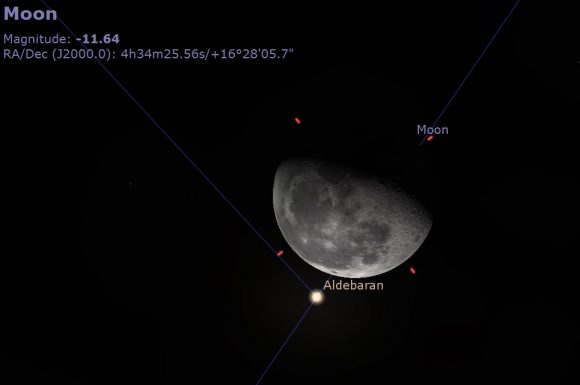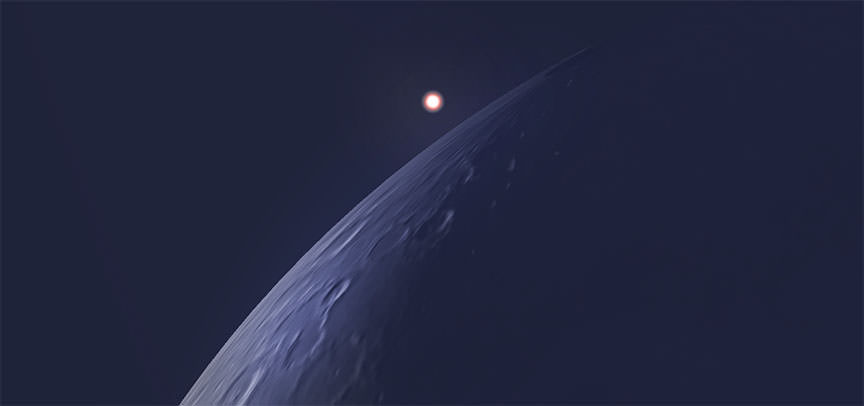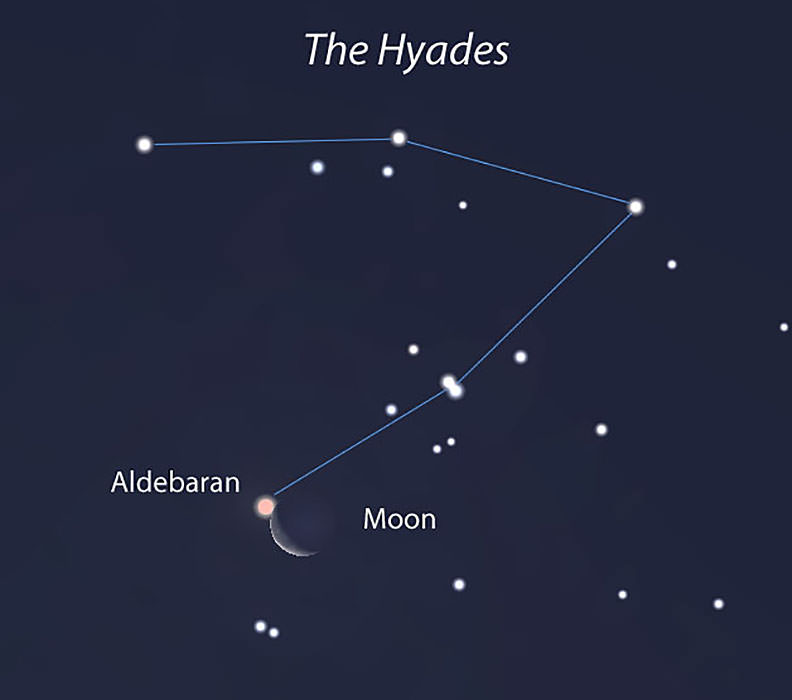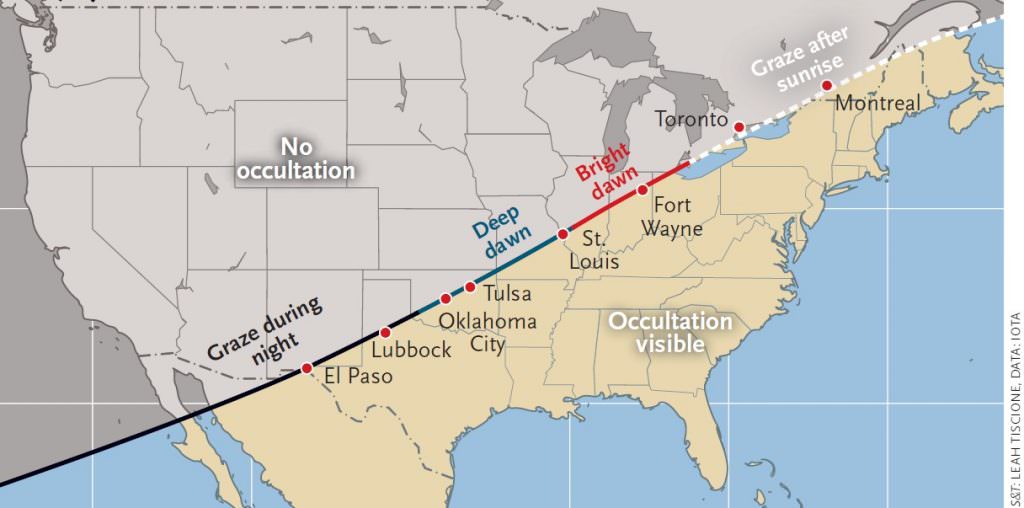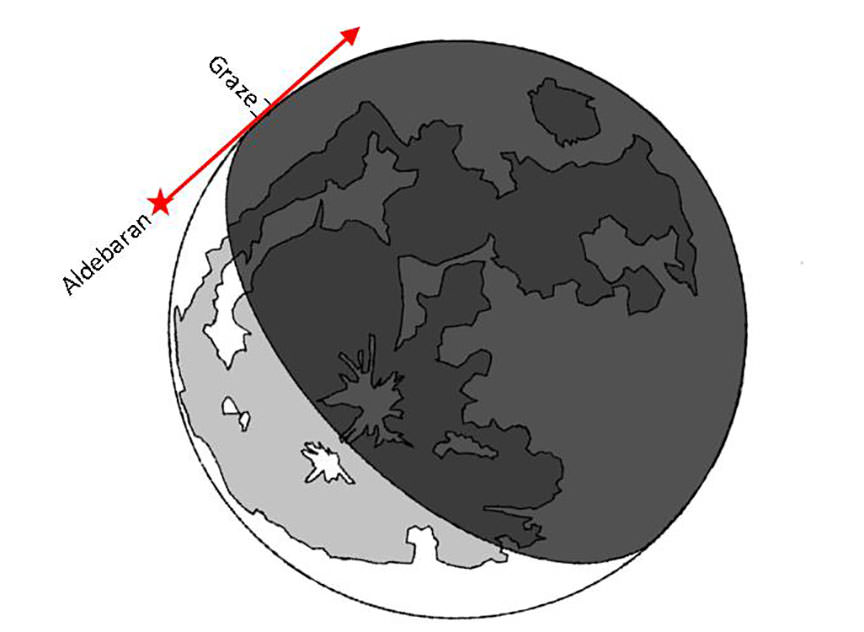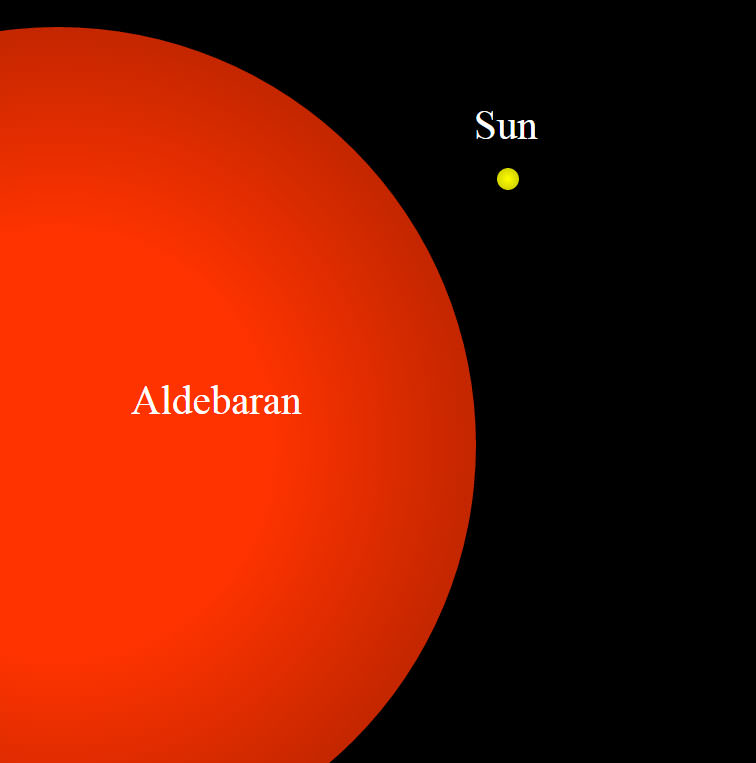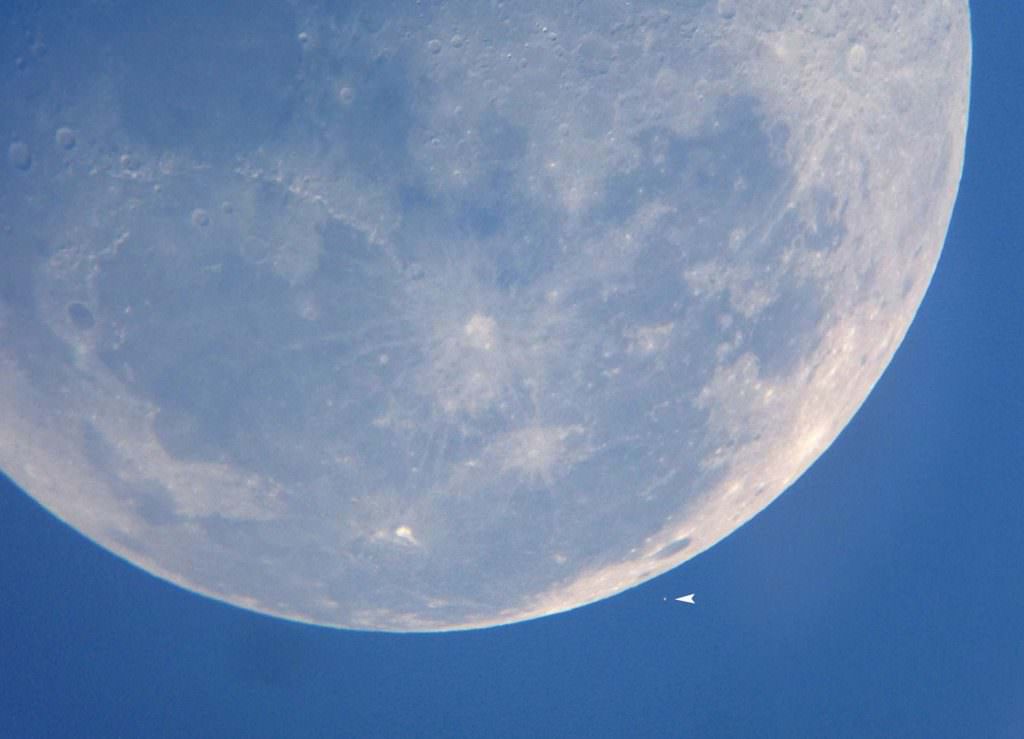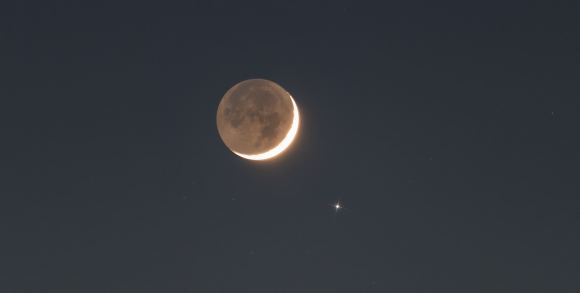
An unusual celestial spectacle unfolds for observers around the Great Lakes region next Tuesday at dawn. The Moon has been faithfully occulting (passing in front of) the bright star Aldebaran for every lunation now since January 29th, 2015. These split-second events have touched on nearly every farflung corner of the Earth. Now the United States and Canada get to see the penultimate event, as the waning crescent Moon occults Aldebaran one last time for North America.
Many news outlets are advertising this as the “last occultation of Aldebaran until 2033” which isn’t entirely true: the Moon will occult Aldebaran twice more worldwide, once on August 6th and September 3rd. Both of these events, however, involve a thin crescent Moon and occur over high Arctic climes, so I wouldn’t be surprised if they go unwitnessed by human eyes. The next cycle of Aldebaran occultations then resumes on August 18th, 2033.
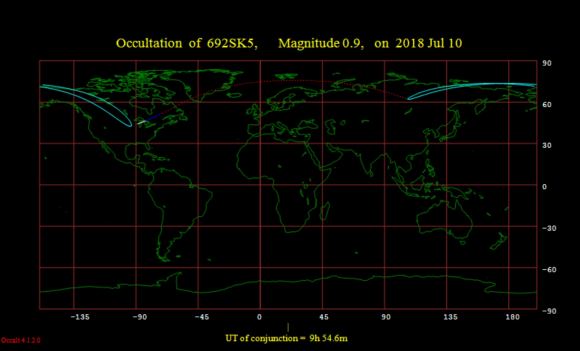
Four stars brighter than +1st magnitude lie along the Moon’s celestial path in our current epoch: Antares in Scorpius, Regulus in Leo, Spica in Virgo, and Aldebaran in the eye of Taurus the Bull. Fun fact: this celestial situation is also slowly changing, partly because of the slow 26,000 year-plus long top-like wobble of the Earth’s axis known as the Precession of the Equinoxes, but also because of stellar proper motion, which is slowly bringing stars into and out of the Moon’s path over millennia. For example, until 117 BC, the Moon could also occult Pollux in the constellation of Gemini the Twins.
The circumstances for the July 10 event: The morning of July 10th sees the 11% illuminated, waning crescent Moon meet the +0.9 magnitude star Aldebaran under pre-dawn skies. When the Moon is waning, the bright limb leads the way, covering up the star during ingress and revealing once again during egress. The Moon moves its own half a degree (30 arcminute) diameter once every hour, and how long you’ll see Aldebaran covered up depends on your location. The geographic “sweet spot” for the occultation is eastern Minnesota, northeastern Iowa, northern Wisconsin, Lake Superior, the Upper Peninsula of Michigan, Ontario and northern Quebec… though the farther east you are, the brighter the skies will be, until the occultation begins under dark to twilight dawn skies and ends after sunrise.
Tales from the Graze Line
Folks based along a narrow path running for Iowa, across Wisconsin and Michigan into Ontario and Quebec are in for a very special treat, as Aldebaran just grazes in southern limb of the Moon. Instead of one single wink out, Aldebaran will flash multiple times, as it shines down through the jagged valleys along the limb of the Moon, an amazing sight to witness and catch on video.
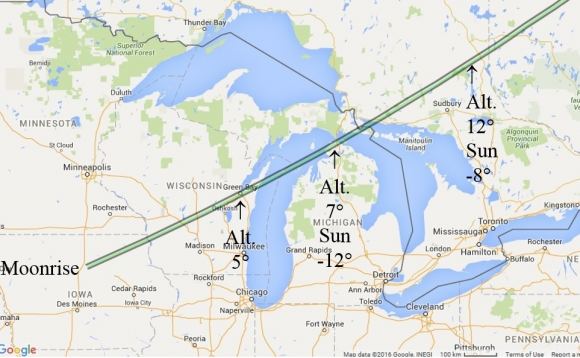
Here are some times and circumstances for selected cities in the path of the occultation:
| Location | Ingress | Egress | Moon altitude | Sun altitude | Duration |
| Minneapolis | 8:30 | 8:47 | 1deg/3deg | -16deg/-14deg | 17 minutes |
| Green Bay | 8:39 | 8:40 | 5deg/5 deg | -13deg | <1 minute |
| Thunder Bay | 8:32 | 8:54 | 5deg/8 deg | -12deg/-9 deg | 22 minutes |
| Fort Dodge, Iowa | N/A | 8:37 | 0.1 deg | -18 deg | <1 minute |
Notes: all locations listed are in the Central (CDT) time zone (UT-5 for summer time). All times listed are in Universal Time (UT), with the Moon and Sun altitude listed for the beginning and end of the event, rounded to the nearest minute.
Not on the graze line? Well, the rest of us will see a very photogenic near miss on the morning of July 10th… and you might just be able to track Aldebaran up into the daytime sky (make sure you physically block the Sun out of view) if you’ve got clear blue, high contrast skies.
The Moon also occults several fainter stars across the V-shaped Hyades open star cluster around the same time worldwide, as well. One such notable event is the occultation of the +3.7 magnitude star Gamma Tauri for the United Kingdom:
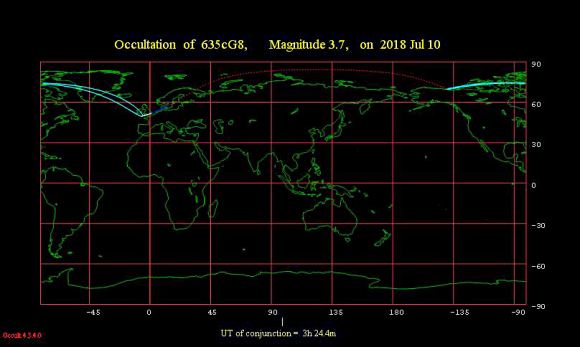
You can follow the July 10th occultation using nothing more than a Mk-1 eyeball, as you can see both the star and the Moon… though binoculars or a telescope will definitely help, as Aldebaran will be tough to pick out against the bright limb of the Moon. Occultations—especially grazing events—really lend themselves to video astrophotography and are simple to capture through a telescope. Just be sure to balance the exposure setting so you can follow the star all the way up to the bright limb of the Moon.
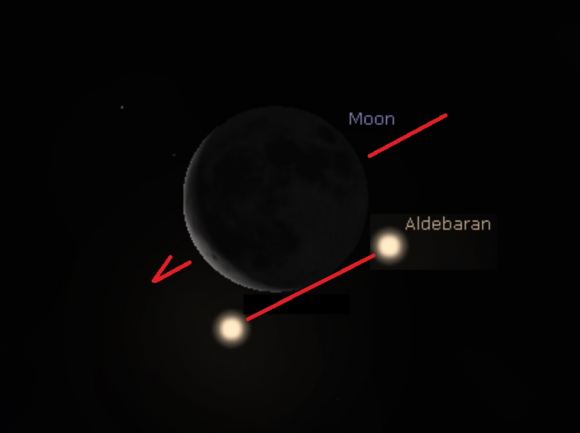
Occultations have inspired those who witnessed them back through pre-telescopic times. A Greek coin from 120 BC may depict an occultation of Jupiter by the Moon. Sultan Alp Arslan was said to have been inspired by a close pairing of Venus and the crescent Moon after the Battle of Manzikert in 1071 AD, adopting the celestial spectacle of the star and crescent which adorns several national flags today.
Also, keep an eye out for an optical illusion described in The Rime of the Ancient Mariner (the poem, not the song by Iron Maiden inspired by the epic tale of the same name), where the protagonist witnesses:
“While clome above the Eastern Bar,
The horned Moon, with one bright Star,
Almost atween the tips.”
This illusion is often referred to as the Coleridge Effect.
Don’t miss this fine occultation of Aldebaran… it’ll be awhile before we see the Moon meet the star again.
-Extra credit: if anyone is planning a live stream of the occultation next Tuesday, let us know.
-The International Occultation Timing Association (IOTA) welcomes observations of any occultations worldwide… in the case of a lunar graze, observations can be used to map out the profile of mountains and valleys along the edge of the Moon.

